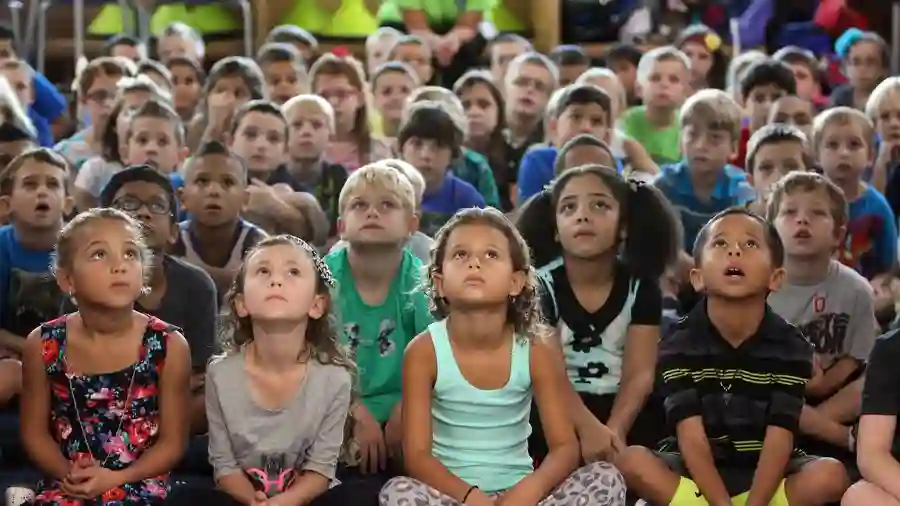When people think about sustainability, they often associate it with environmental conservation. But sustainability has many other facets, including economic and social development.
“Safety is a guarantee of inviolable survival and freedom for its development.” [1] This concept can be objective or subjective. It is an essence of life, therefore it must be promoted in society.
Safety and Security Education
The concept of safety and security is one of the most important issues in contemporary society. The education process in this field is a fundamental aspect of shaping the attitudes of civil society in order to be prepared to counteract threats. This can improve the level of security both from an individual and state perspective.
The vast majority of schools surveyed restrict entry to buildings during school hours and have a threat reporting system like an online submission form or anonymous drop box (83%). Most also have two-way radios for staff (91%) and have security cameras (97%).
Training plays an essential role in ensuring that the installed technology works properly and that everyone knows their specific responsibilities. Ideally, it should involve all parties, including teachers and students. Many schools also run regular practical drills, and some states even require them. They can include things like lockdown simulations and fire evacuation drills. All of this increases awareness and helps to prevent accidents or threats from happening.
Education for Sustainable Development
Educators can help to develop sustainability-focused learners who will make a difference in the world by teaching about sustainability, creating an environment that supports sustainable behaviour and encouraging them to take action in their daily lives. ESD is also about a whole range of other educational activities which can lead to sustainable development, including promoting green growth, establishing community engagement and supporting students to become future-facing in their approach to learning.
The importance of the concept of sustainability has been acknowledged by the international community and UNESCO has adopted a global framework for Education for Sustainable Development (ESD) to achieve the Sustainable Development Goals. This new GAP, which replaces the United Nations Decade for ESD and the Global Action Programme on ESD (GAP), aims to “develop the builders of a sustainable society”. It will be accomplished by integrating sustainability into education policies, curricula and teacher training, while fostering student awareness. Moreover, it will promote the use of innovative and effective educational methodologies and tools, such as problem-based learning (PBL), and by linking students to real life sustainability challenges.
Education for Counteracting Threats
The concept of education for counteracting threats refers to the education processes that shape civil society and prepare it to act against potential security risks. These include political, economic and technological, ecological and social factors that threaten the safety of individuals and the stability of states.
According to Abraham Maslow, one of the most important needs of man is a sense of security. He emphasizes that, to meet other needs, it is necessary for an individual to be free from fears, anxieties and worries.
To achieve such a condition, the institutions of education should implement educational forms that are not only efficient but also effective in terms of security. Those forms include trainings, exercises, simulations and integrated systems that enable students to use the latest technology devices. This way they can be prepared to respond to any threat, including those arising from the COVID-19 epidemic and other catastrophes. They will be able to use e-learning platforms, mobile applications and virtual worlds.
Education for Building Social Attitudes
Developing social attitudes is a long-term goal of sustainability education. Instructors can challenge students to think about what they value and want for their lives by having them create a quality of life inventory. This approach encourages students to find creative solutions to global problems rather than avoiding them.
Safety and security are among the most fundamental needs, according to Maslow’s Hierarchy of Needs. These needs must be fulfilled in order for people to focus on other needs, like growing and learning.
To promote safe and secure classrooms, instructors should encourage students to participate in trainings, gamification and exercises. Additionally, they should teach them how to properly handle school equipment and use appropriate safety measures. This will ensure that the students are aware of the necessary safety protocols, and will make it easier for them to follow those safety rules at school. Additionally, they should conduct an opening meeting to discuss the purpose of each training session.


